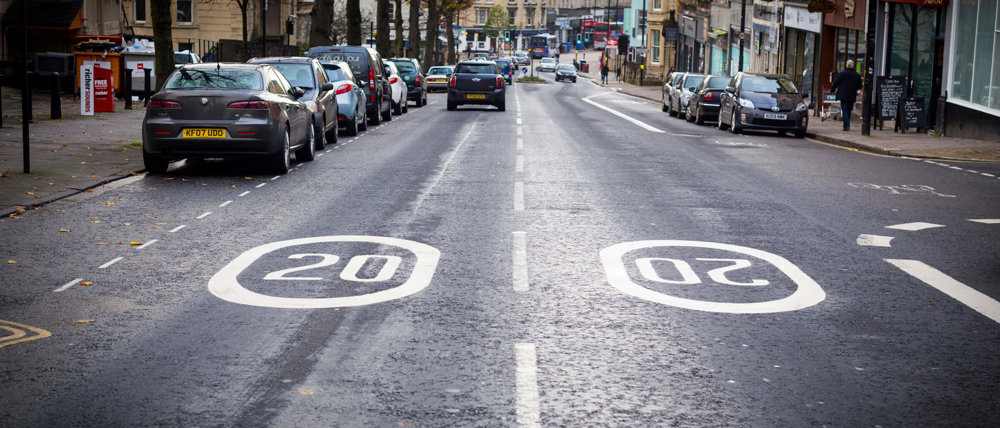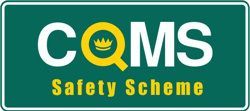From 2005 to 2010 there was a steady and marked reduction in road deaths; the number of fatalities fell from 3,201 in 2005 to 1,850 in 2010.
Then, in 2010 the figures began to plateau, with little change from year to year. In 2011 the number of road deaths went up again to 1,901, reducing to 1,754 in 2012, 1,713 in 2013 and then rising to 1,775 in 2015.
This plateau, and in particular the increase in numbers in 2011 and 2014, give cause for concern. What might be the cause for this levelling off of some previously impressive figures? And what can be done to bring back a downward trend and reduce fatalities further?
Do targets help reduce casualties?
It’s interesting to note that successive governments since 2010 have been reluctant to set road safety targets. This approach began at a time when local authorities were also experiencing budget cuts and a corresponding limit to the resources available for road safety initiatives.
These two factors may well go some way to explaining the reduction in road casualties prior to 2010 and the plateau since 2010, but it is unlikely to be the whole story. Other factors may include:
- Reduction in car ownership during the recession
- Reduction in journeys through the same period
- Fewer young drivers able to own a vehicle during the recession (Young drivers make up 25% of British road casualties)
Nonetheless, many road safety professionals would like targets to be reinstated in order to keep the relevant authorities focussed on the goal and continually work towards it.
Foggy forecasting
Despite the current plateau, Highways England, the body responsible for the Strategic Road Network (SRN), has recently announced a forecast of a 40% reduction in casualties by 2020.
A closer look at the figures, however, reveals a rather less impressive reduction than appears at first glance. The forecast is based on a reduction not from a starting point of the latest figures, but starting from the average number of recorded casualties between 2005 – 2009, when they were significantly higher than have been recorded more recently.
Highways England has also announced that they are ‘working towards the goal of bringing the number of people killed or injured on the network as close as possible to zero by 2040’. However, whilst this is commendable, the goal is somewhat ambiguous and is subject to many factors, not least funding. Will driverless cars be commonplace then? If so, could they significantly drop the casualty numbers close to zero? Maybe, but the technology, at least on a nationwide scale, is still very much in its infancy. It’s a case of ‘watch this space’ at the moment.
Are 20mph zones our best bet in urban environments?
Whatever the reality behind the statistics and forecasts, one of the core methods currently employed to reduce road deaths is traffic calming, using 20mph zones and limits.
20mph limits
20mph limits are areas where the speed limit has been reduced to 20mph but there are no physical measures to reduce vehicle speeds within the areas. Drivers are alerted to the speed limit with 20mph speed limit repeater signs. 20mph limits are most appropriate for roads where average speeds are already low, and the guidance suggests below 24mph. The layout and use of the road must also give the clear impression that a 20mph speed, or below, is the most appropriate.
20 mph zones
20 mph zones use traffic calming measures to reduce the adverse impact of motor vehicles in built up areas. The principle is that the traffic calming slows vehicles down to speeds below the limit, and in this way the zone becomes ‘self-enforcing’. Speed humps, chicanes, road narrowing, planting and other measures can be introduced to both physically and visually reinforce the nature of the road.
Experience of these two systems to date suggests that areas covered by a 20mph speed limit, may initially lower speeds but that they start increasing once the initial impact has dissipated. Lack of enforcement and physical speed reducing features allow motorists to increase speed without any issues, perceived or actual.
20mph zones appear to have a greater effect on vehicle speeds, driver behaviour and casualty reductions.
One thing is clear when we look at speed reduction. Of pedestrians killed by vehicles, 85% were struck by cars travelling at up to 40mph. Just 5% of those killed were struck by vehicles travelling at below 20mph.
The Department for Transport is currently undertaking a 3 year study into the effectiveness of 20mph zones and limits. It’s due to be published in 2017. Those figures will undoubtedly help steer future methods to reduce road fatalities.
That doesn’t mean that we need to wait until 2017 before taking action to improve road safety. With so many factors at play, it’s vital that authorities keep focussed on the need to reduce road casualties. Awareness of research, alongside action to implement findings, can do much to make our roads safer.
For further details please contact mparr@mayerbrown.co.uk







